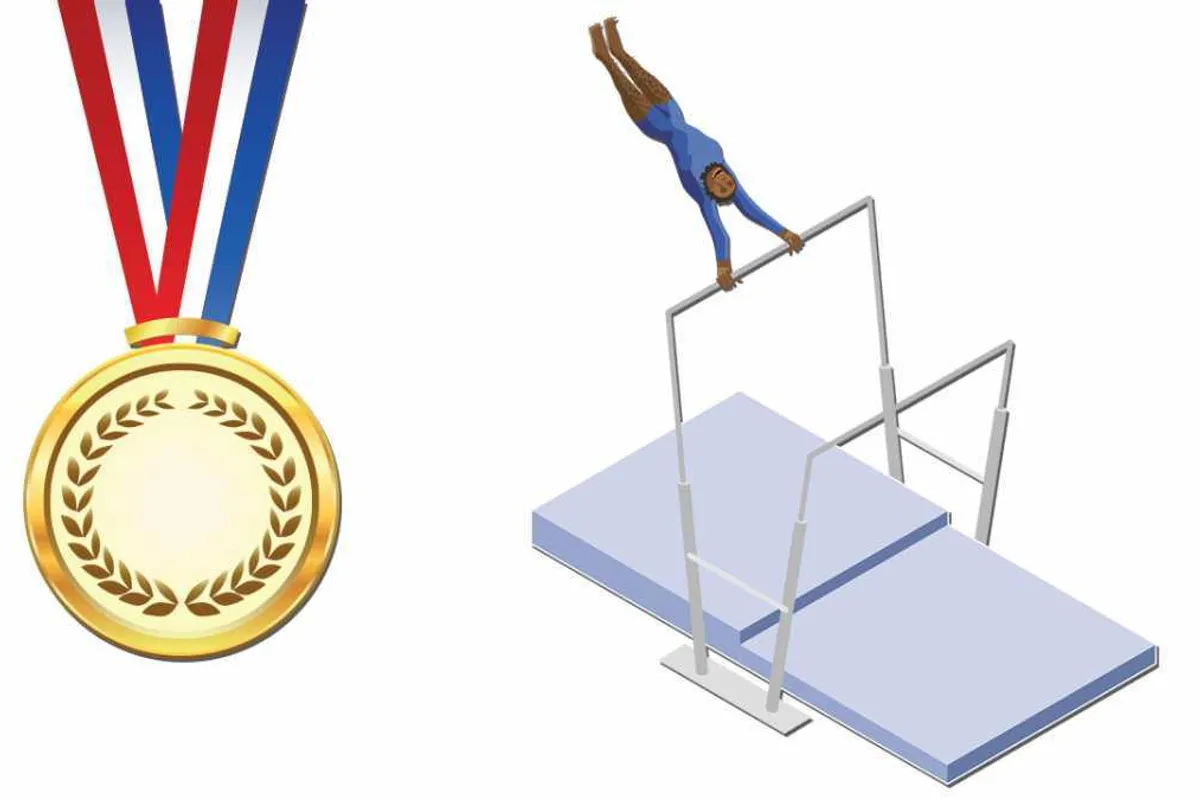
Uneven bars
Australopithecus afarensis vs Homo sapiens
World record: Perfect 10
Although A. afarensis walked on two legs, they still had ape-like bodies, with long, strong arms and short legs. These early hominins lived between 3.85 and 2.95 million years ago, climbing trees to obtain fruits and shelter from predators. Their low mass and curved fingers, combined with long arms and short stature, would have made them well suited to uneven bars. They would be able to flip, spin and turn without losing momentum.
Winner:Australopithecus afarensis
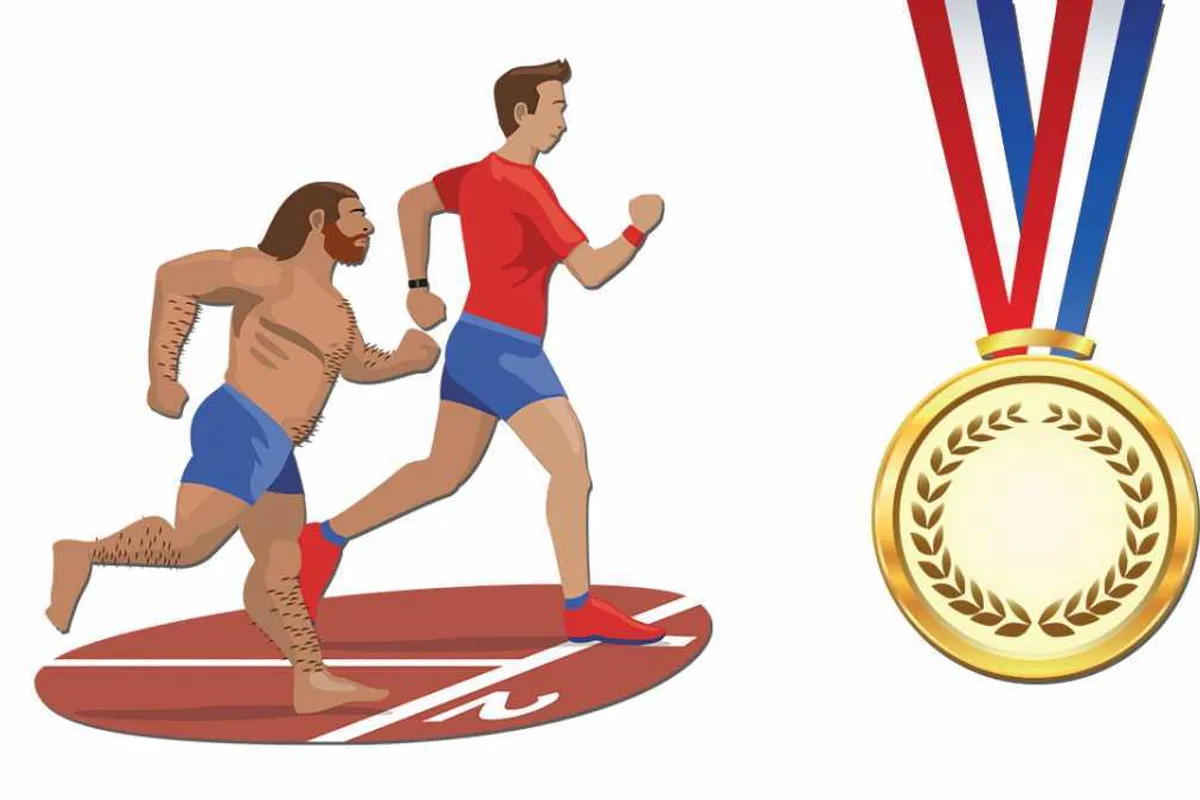
100-metre sprint
Homo neanderthalensis vs Homo sapiens
Male world record: 9.58s (Usain Bolt, Jamaica)
Unlike Homo erectus, who hunted in the open woodland and grasslands of Africa, the Neanderthals hunted on Europe’s cold steppes. Their stocky, cold-adapted bodies may have made them less efficient at long-distance running, but their superior leg strength, used when hunting animals up close, may have given them a very quick start. Whether they would have had the ability to maintain their speed over an entire 100m sprint, however, is doubtful.
Winner:Homo sapiens
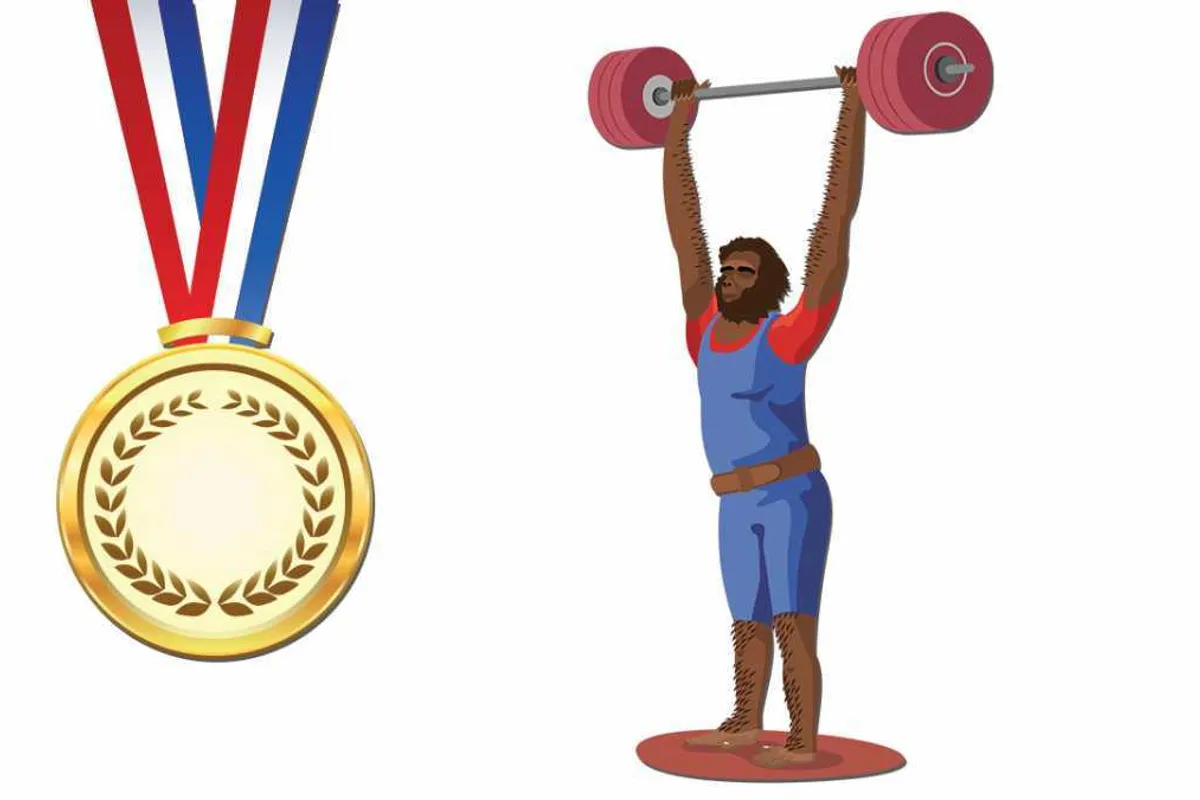
Weightlifting
Ardipithecus ramidus vs Homo sapiens
Male world record for clean and jerk: 263.5kg (Hossein Rezazadeh, Iran)
A. ramidus is one of our earliest ancestors, living 4.4 million years ago. It had a body similar to that of a chimpanzee, but probably walked on two legs. They would have had great upper body and leg strength and, like chimpanzees, been two to five times stronger than us. Whereas some of our human muscles are used for fine, controlled motor skills, most of A. ramidus’ muscles would have evolved for brute strength.
Winner:Ardipithecus ramidus
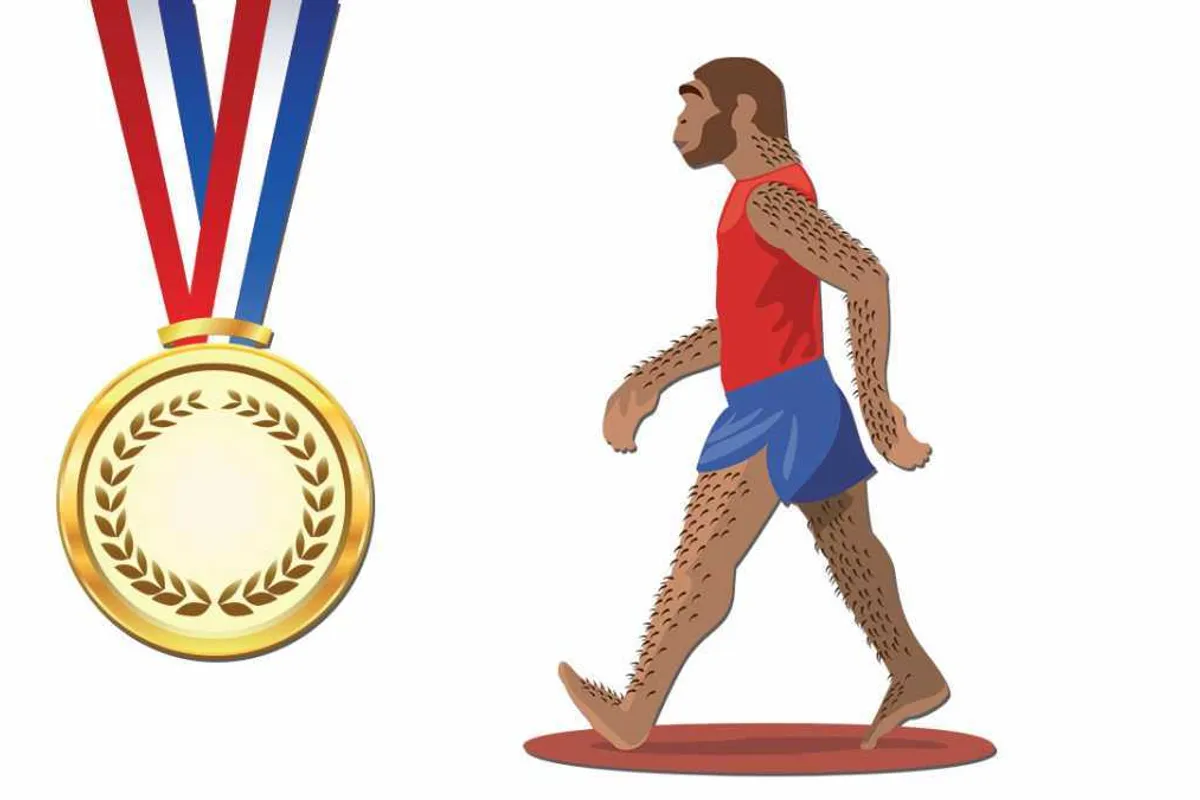
10,000-metre run
Homo erectus vs Homo sapiens
Male world record: 26:17:53 (Kenenisa Bekele, Ethiopia)
H. erectus was the first ancient human species to leave Africa, spreading to Asia and Europe around 1.5 million years ago. H. erectus had a narrow body, long legs, rotating hips and strong neck muscles, making it well adapted to long-distance walking and running. They would have relied on endurance to hunt large game, tracking it to exhaustion, and would have been trained from a young age to cover large distances.
Winner:Homo erectus
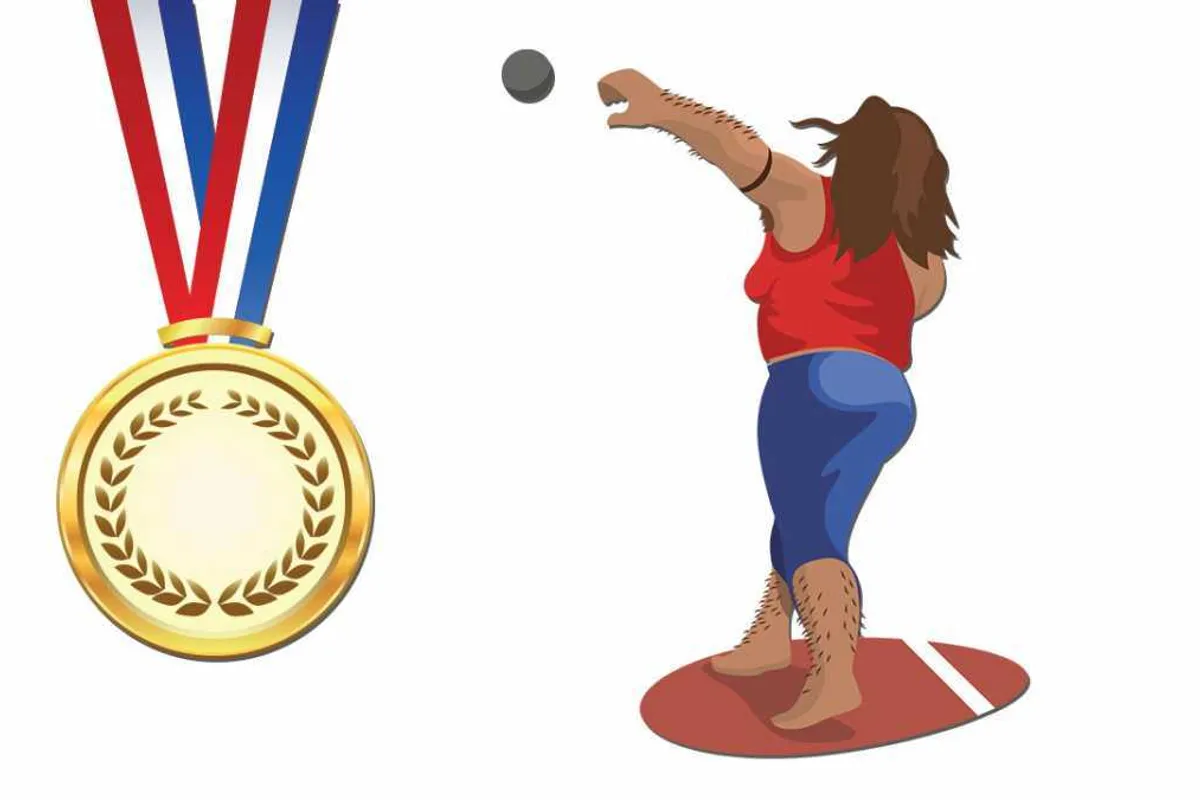
Shot-put
Homo neanderthalensis vs Homo sapiens
Female world record: 22.63m (Natalya Lisovskaya, USSR)
The Neanderthals’ short, strong arms would have been well trained from preparing hides, making tools and hunting. Neanderthal female arms show well-developed muscle attachments and uneven bone strength between the two arms (due to the right being used more). Neanderthal females had at least 10 per cent more muscle bulk than modern European men, and their shorter arms would have given them greater leverage.
Winner:Homo neanderthalensis
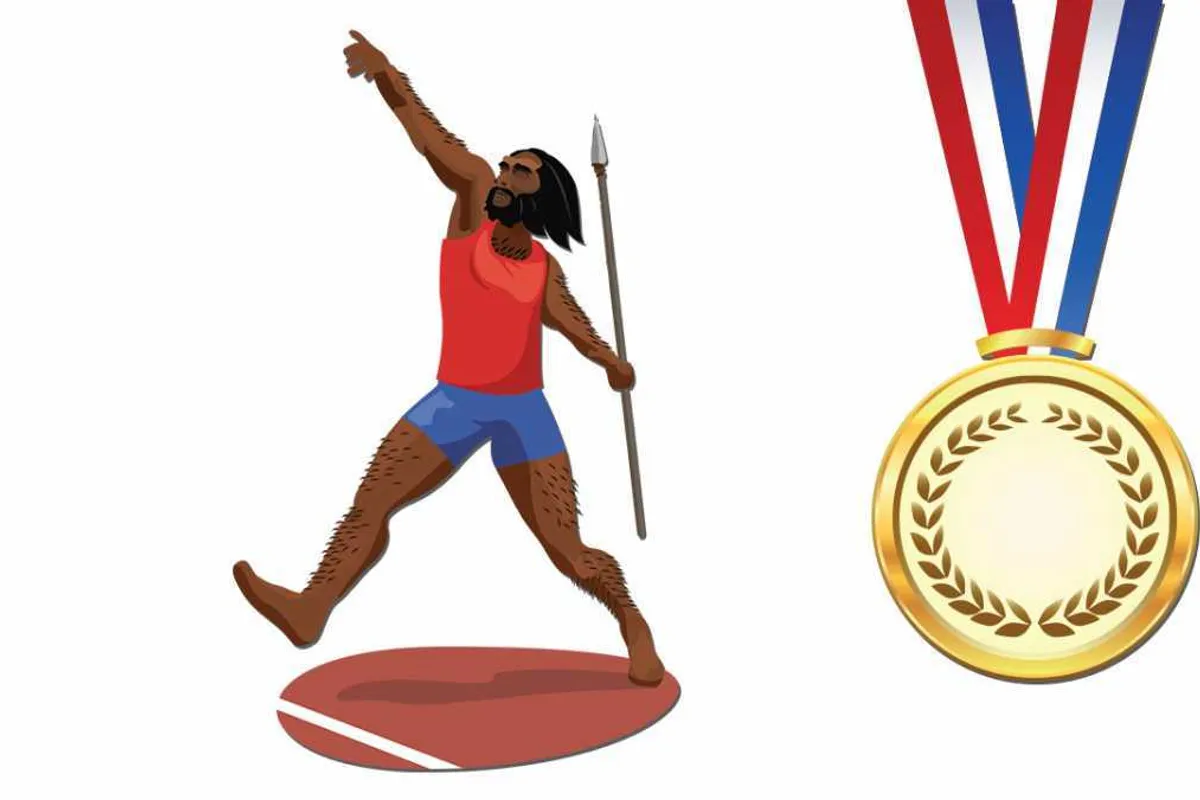
Javelin
Male world record: 104.8m (Uwe Hohn, East Germany)
H. heidelbergensis lived around 700,000-200,000 years ago in Europe and Africa. They were the first Homo species to truly control fire, and produced the first spears. Some of these may have been stone-tipped, making them more effective at killing large mammals. It’s unclear whether H. heidelbergensis threw the spears or used them for stabbing, but either way they’d have struggled to beat modern javelin records.
Winner:Homo sapiens
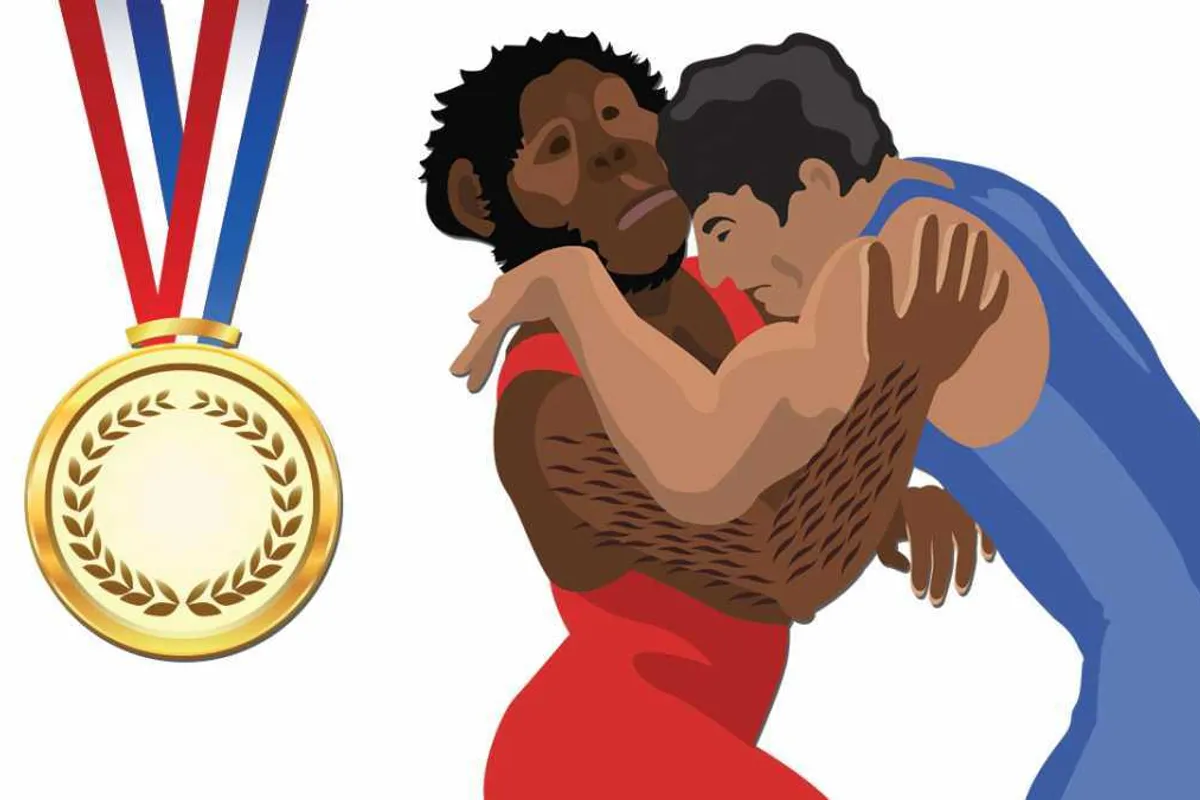
Freestyle wrestling
Paranthropus robustus vs Homo sapiens
Current male bantamweight Olympic champion:Vladimer Khinchegashvili, Georgia
These ancient ancestors, who graced our planet 1.8-1.2 million years ago, had large teeth and muscular skulls to consume tough, fibrous foods. Although the males only stood around 1.2m tall and weighed 54kg, they would have been extremely powerful, with long arms and a low centre of gravity. They’d have floored a modern human, tearing him to pieces.
Winner:Paranthropus robustus (although they may have been disqualified)
Words: Isabelle De Groote
Illustration: Miquel Tura Rigamonti
Follow Science Focus onTwitter,Facebook, Instagramand Flipboard